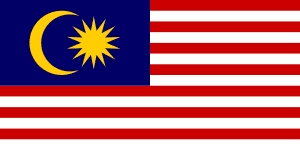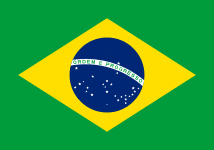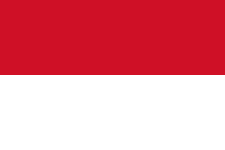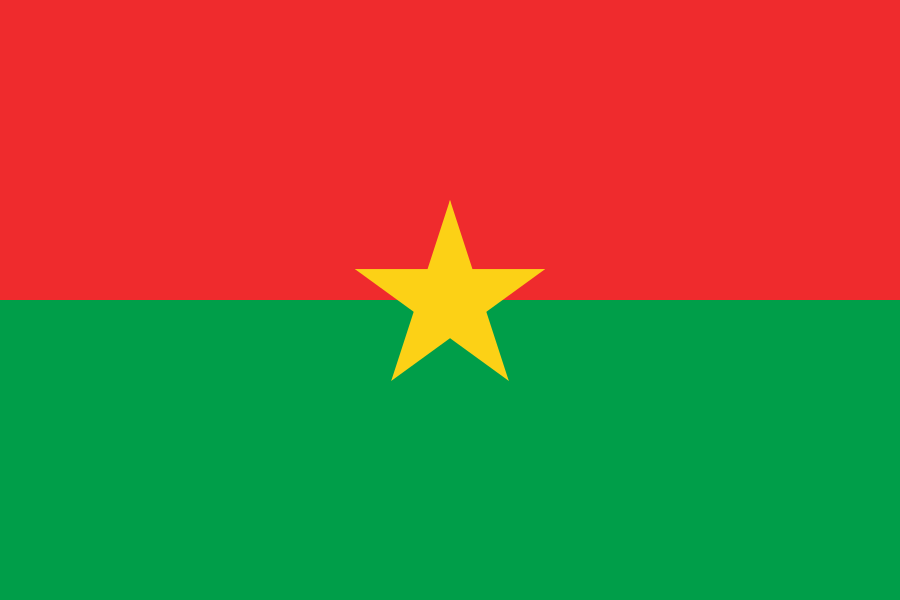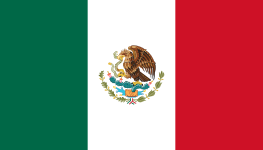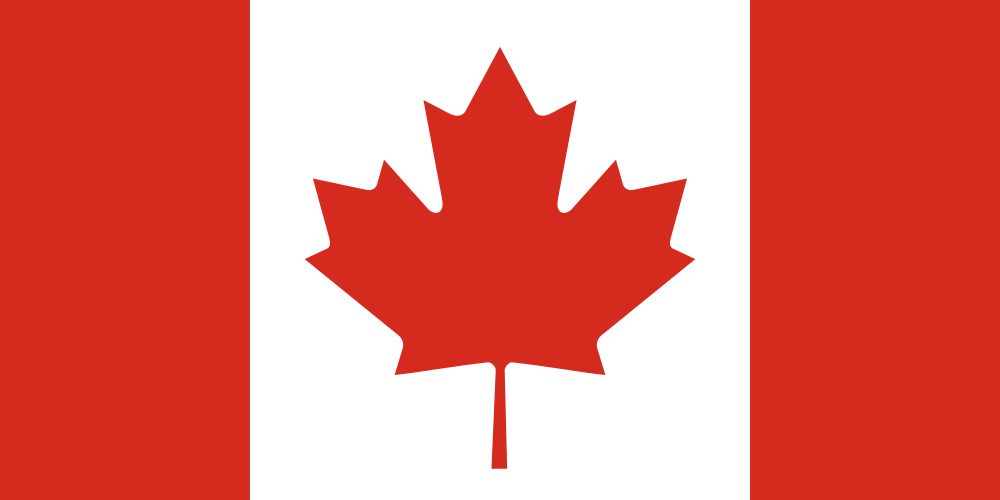- Industry
- Region
- Country / Region
Malaysia: MCMC presented the regulatory framework for communication equipment and recent regulations
At the 71st meeting of the APEC Telecommunications Working Group (APEC TEL) Conformity Assessment and Interoperability Steering Group (CISG) on 1 August 2025, the Malaysian Communications and Multimedia Commission (MCMC) introduced the New Communications Equipment Framework (NCEF) to drive competitiveness in the communications and multimedia industry through a flexible and proactive approval process, with important changes to the way telecommunications product registration and approval are determined based on risk level. The Standards Regulations for Communications and Multimedia Technologies 2000 (TSR 2000) will also be amended to accommodate the NCEF.
The MCMC also summarized the new and revised technical regulations as of 2025, including C-V2X system architecture and specifications, network security-related specifications, IPv6, VoLTE, base station radiation measurement evaluation, land mobile stations, etc.
On August 1, 2025, Brazil's National Telecommunications Authority (ANATEL) issued Resolution 780, providing important clarifications on the Brazilian telecommunications product certification process. This resolution is in addition to Resolution 715 of ANATEL's primary certification regulations. The resolution clarifies topics such as market obligations and responsibilities, general rules for the use of ANATEL labels, and the use of the Consumer Protection Act. The resolution also affirms that data centers that are part of the telecommunications network must be approved by ANATEL.
Click this link to view the original ANATEL Resolution 780.
On July 23, 2025, the Saudi Arabian Organization for Standards, Metrology and Quality (SASO) published a circular on the WTO TBT platform numbered G/TBT/N/SAU/1166/Corr.1/Add.1 on the revision of the RoHS regulation. The revised regulations now require compliance with limits for 10 hazardous substances. Additionally, regulations set out procedural obligations for manufacturers, importers, and distributors, including providing safety instructions in Arabic, well-established product labeling, and comprehensive technical documentation. In addition to aligning with EU RoHS in terms of substance restrictions and conformity assessments, Saudi regulations also impose stricter administrative requirements, including technical documentation and declarations of conformity that are kept for at least ten years. The regulations will be enforced one year after the date of publication in the Official Gazette.
Click this link to view the original WTO TBT circular.
On July 23, 2025, KOMDIGI launched a public consultation on the New Technical Standard (RKM) for land mobile radio communication equipment. The main contents of the RKM are as follows:
- Electromagnetic compatibility (EMC) requirements are updated to comply with the international standard CISPR 32 or ETSI EN 301 489;
- Electrical safety requirements updates follow IEC 60950-1 or IEC 62368-1;
- Land mobile radio equipment is divided into three categories: conventional radio equipment, trunking radio equipment and special mobile radio equipment;
- Conventional radio equipment and trunking radio equipment are divided into four categories: handheld, mobile, base station/repeater, and radio modem; The
- limits on the operating frequency of devices have been adjusted from the previous broad range (e.g., the previously allowed operating frequency of UHF equipment was 300 - 3000 MHz) to the adjustment based on the allocation of the Indonesian Frequency Allocation Table (TASFRI) and the popularity of the equipment produced by the supplier (e.g., in this RKM, only UHF devices are allowed to operate at frequencies of 300 - 470 MHz, not devices of 450 - 512 MHz);
- Test parameters are limited to those that can avoid harmful interference, including operating frequency, channel spacing, conducted output power, stray emissions, and frequency error/frequency stability. Other test parameters, including temperature, impedance, and modulation, are omitted;
- Test methods that comply with international standards have been added.
Click this link to view the original public consultation, which is open for comment until August 3, 2025.
On July 17, 2025, the Burkina Faso Electronic Communications and Postal Regulatory Authority (ARCEP) issued Decree No. 2025-365 /PRES/PM/MTDPCE/MEF, approving a new national spectrum allocation plan. The main points are as follows:
- The 5925–6425 MHz band is allocated for WAS/RLAN, or Wi-Fi 6E.
- The 6425–7125 MHz band is allocated for IMT (International Mobile Communications) use.
- The 6000–9000 MHz band is allocated for ultra-wideband (UWB) use.
The Decree officially repealed Decree No. 2013-452/PRES/PM/MDENP issued in 2013 on the allocation of spectrum in the state.
Click on this link to view the original text of ARCEP No. 2025-365/PRES/PM/MTDPCE/MEF.
On July 16, 2025, the Federal Communications Commission (FCC) issued a further proposed rule titled 302403 for Docket No. 24-136 on the Federal Register website, titled "Promoting the Integrity and Security of Telecommunications Certification Bodies, Measurement Facilities, and Equipment Authorization Programs." The proposed rules include a ban on authorization of laboratories, TCBs, and accreditation bodies located in foreign adversarial countries, while the discussion section of the document includes restrictions on SDoC testing in FCC-authorized laboratories and TCBs should conduct market surveillance of each other.
Click on this link to view the original text of the further proposed rule, which is open for comment until August 15, 2025.
On July 16, 2025, the Mexican government promulgated the new Telecommunications and Broadcasting Law on its official bulletin website, which has entered into force on July 17, 2025. The regulation officially dissolves the Federal Telecommunications Authority (IFT), but the IFT will remain responsible for regulation during the transition period until the new Telecommunications Regulatory Commission (CRT) is formally established. The law provides for an immediate five-day suspension of all IFT approval applications during the CRT's inception, as well as fifteen days for other regulatory procedures. While ongoing applications will be transferred to the new CRT, and existing regulations remain in effect, new certifications for manufacturers will be temporarily suspended.
Click on this link to view the original version of Mexico's new Telecommunications and Broadcasting Law.
On July 15, 2025, the Directorate General of Digital Infrastructure (DJID) of the Ministry of Communication and Digital Affairs of Indonesia issued Circular Number 3 of 2025 on Changes to the Format of Declaration of Conformity for Technical Standards for Telecommunications Tools and/or Equipment. This circular is open to all applicants applying for certification of telecommunications tools and/or equipment and aims to implement the provisions of Regulation No. 3 of the Ministry of Communication and Information of 2024. In this regulation, a declaration of conformity is one of the documents that must be submitted and evaluated during the certification application process.
This format change aims to improve efficiency and speed up the certification assessment process. All certification applications submitted from 1 August 2025 onwards shall use the new Declaration of Conformity format set out in Annex I to the Circular. Applications submitted after August 31, 2025, will be rejected if they do not adopt the new format.
Click on this link to view the original text of Circular No. 3 of 2025.
On 11 July 2025, the Malaysian Communications and Multimedia Commission (MCMC) published a draft technical specification that sets out the principles for functional safety for Internet of Things (IoT) systems. This regulatory update initiative aims to solicit public comment on a framework aimed at addressing systemic risks in the connected environment. Rather than focusing on a single product type, the draft aims to improve broader system resilience for IoT applications. The draft standard, MCMC MTSFB TC Gxxx:2025, will align with internationally recognized frameworks such as IEC 61508 and ITU-T Y.4806. The draft emphasizes the interdependencies between cybersecurity and functional safety. It recommends a combination of secure over-the-air (OTA) updates, fail-safe software mechanisms, and secure data flow to ensure secure and predictable system behavior.
Click this link to view the original draft, which will be open for comment until August 10, 2025.
On July 11, 2025, Innovation, Science and Economic Development Canada (ISED) published the radio standard specification RSS-193 Issue 1 - Flexible-use broadband equipment operating in the 27.5-28.35 GHz band.
On July 24, 2025, ISED published the Radio Standard Specification RSS-247 Issue 4 - Digital Transmission Systems, Frequency Hopping Systems, and License-Free LAN Equipment in the 902-928 MHz, 2400-2483.5 MHz, 5150-5350 MHz, and 5470-5895 MHz bands. The main technical changes of this update are as follows:
- Removal of restrictions on the operation of devices in the frequency range from 5600 MHz to 5650 MHz;
- Amended Section 6.4 on hybrid equipment to introduce a requirement to distinguish between hybrid equipment and mere combinations of FHS and DTS equipment;
- Removed directional antenna/antenna array calculations as directional gain calculations are included in the measurement procedures of the normative reference document ANSI C63.10 and related KDBs;
- Added instructions for LE-LAN operating in the 5150-5250 MHz and 5250-5350 MHz bands;
- amended b) in Section 7.3.1.3 regarding unwanted emissions from transmitters operating in the 5150-5250 MHz band to clarify the requirements;
- Added reporting requirements for equipment implementing transmitter power control in Section 7.1;
- modified transmit power control requirements in Sections 7.3.1.2 and 7.3.2.2;
- Section 7.3.2.1 was amended to introduce labeling requirements for indoor unwanted emissions;
- Section 7.3.2.3 has been amended to clearly indicate the different unwanted emission limits for transmitters operating in the 5250-5350 MHz band;
- Move the definition from section 7.3.5 to the definition section.
Click this link to view RSS-193 Issue 1, click this link to view RSS-247 Issue 4.
